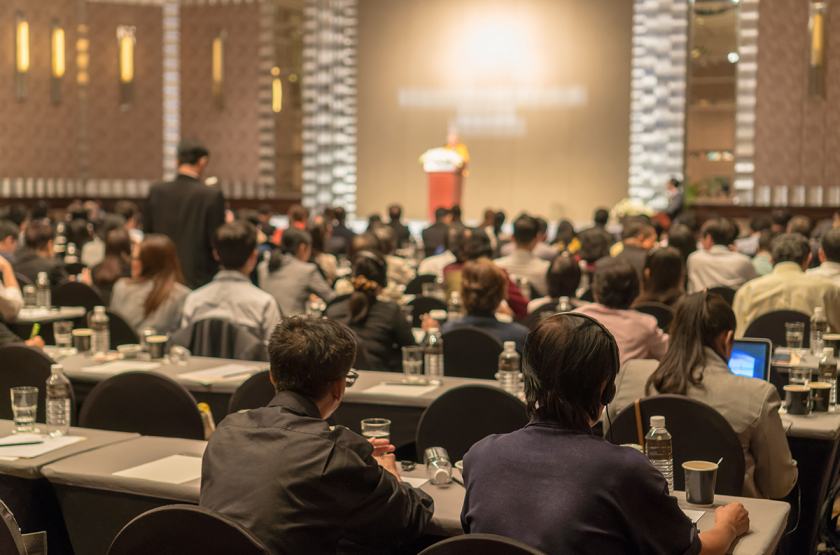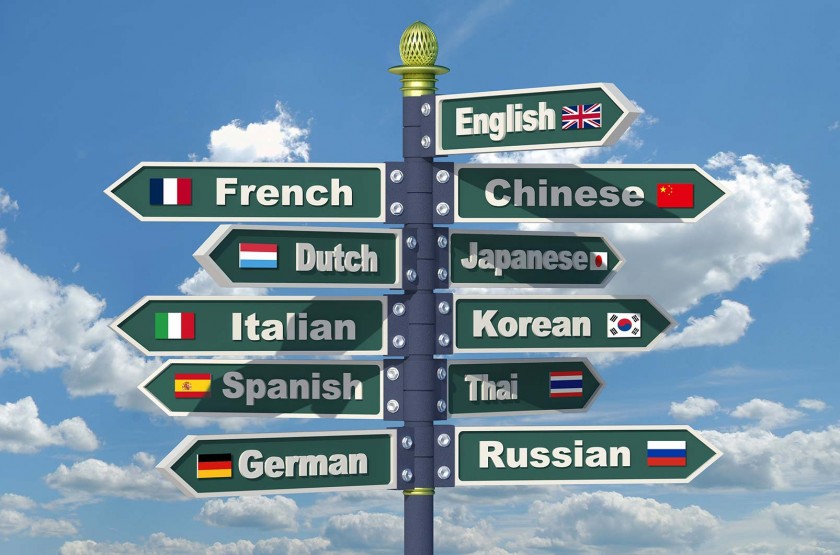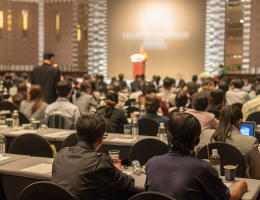Why Translation is Uberizable
- Emily Feng
- January 13, 2016
- 5,601 views

Linguists and computer scientists have been trying for years to crack the translation riddle: how can you design machine translation systems that are just as accurate as human translators?
The difficulty of this challenge has led some to pronounce translation a “non-commodity” that cannot be sold across different markets. A commodity is a product that is fungible (i.e. a product that is standard enough that units are interchangeable) and thus can be exchanged according to a set metric of value. For something to be truly “uberizable” and exchanged in a sharing economy, it must meet the criteria of a commodity.
At first glance, translation doesn’t seem to meet these standards. Detractors point to a number of reasons for why; measuring the quality of translations is near impossible; human translation is unquantifiable in quality because translators get better as they accrue more experience; and translations often require subject knowledge, so not all translators can do all jobs. Perhaps translation can’t be distributed widely as a product after all.
But for years, the localization industry has been working to make translation just that: a commodity that can be bought and sold according to measurable standards (For example, some in the industry have devised quality metrics like J2450). Companies like CSOFT, Stepes’ parent company, leverage translation memory to accumulate past translations of technical texts and terms and use them to produce more accurate and consistent future translations. Subject matter experts and translators with an industry specialization are used technical accuracry. They employ standardized workflows and post-translation quality inspection mechanisms to check and edit translations.
Importantly, Stepes does not bypass any of these quality inspection processes that any translation service or localization company would use to guarantee post-translation quality. What Stepes does depart from traditional translation processes is during the actual translation process itself. Everything from assigning translation projects, hiring translators, uploading documents, line-by-line translation, checking technical terms, and making payments is done through the Stepes mobile app. As a result, the app eliminates much of the overhead costs usually spent on managing translation projects. For the translator, Stepes also offers a much more streamlined platform for translation by eliminating any unnecessary technical features like translation tags. Stepes changes the way we translate, but it does not skimp on post-translation quality checks.
As many in the language industry note, there is a huge diversity in the type of content that needs to be translated. For example, a translator without subject matter expertise might render an especially technical text – for example, an automotive user manual or a medical product description – nonsensical or unreadable. How can you commoditize translation when source texts can come in all shapes and forms?
Stepes was expressly designed with this problem in mind. It’s easy-to-use mobile application that allows anyone bilingual to translate directly from their smartphone, anywhere and at any time. Stepes’ success rides on the idea that translation can not only be a fulltime career, but also an activity that everyone multilingual can participate in – and earn money while doing so. By opening up the translation process to a much wider pool of people, we can enable more subject matter experts – doctors, lawyers, artists, professors, and engineers – to participate in translation. Those that otherwise would never consider contributing to translation can now lend their language skills and industry knowledge to improving the quality of translated content.
Another objection to translation’s commoditization is the human error and associated with human translation. Translators are human beings who accrue more experience as they go along; more experienced translators are those that have been working for longer. How do you quantify and reflect experience when selling translation?
To address this issue, Stepes has a built-in evaluation and review system, where clients or their language reviewers can give feedback on each individual translator and their work. Globalizers would also be able to review the profiles of all Stepes translators, view samples of their previous work, and look at their reviews from previous clients. By increasing transparency and accountability in the translation process, Stepes will not only improve translation quality but also highlight the best translators. Such a system would also help identify subject matter experts and translators with a focus on particular industries. In the longer term, this online marketplace of translators would reward experience, skill, and specialization.
In some ways, yes, a translation cannot be commoditized. The process of translation however, can be standardized to a great degree to leverage technology and operating mechanisms so that human translators can produce accurate translations that still maintain the personal touch and cultural nuance that define a truly great translation. Stepes aims to shift the process of translation onto mobile, and in doing so, give more people the opportunity to use their language talents and drive down translation costs.
Ultimately, translation is still an art rather than a science; the elusive qualities that make human translation better than any machine translation software are precisely the former’s capacity for subjectivity and creativity rather than the latter’s algorithmic rationality. Stepes seeks to preserve this human touch in translation while democratizing who can translate and receive translations.











